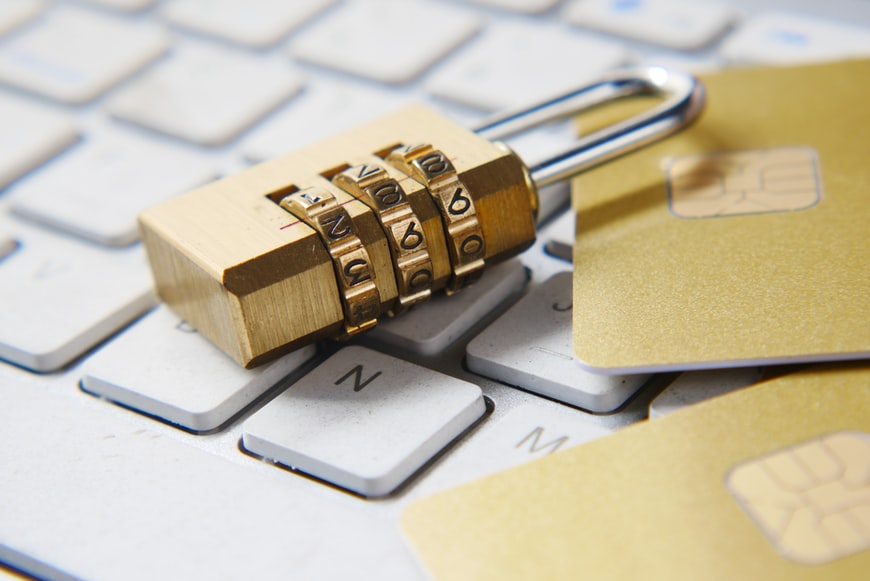Two-factor authentication is a method of confirming a user’s claimed identity by utilizing something they know (such as a password) and something they have (a physical token or cell phone). It is commonly used in everyday life. For example, withdrawing money from an ATM requires something you know (your bank card PIN) and something you have (your bank card).
Like all good security systems, two-factor authentication creates an additional barrier of protection that an attacker has to overcome to gain unauthorized access. By requiring an additional identification step, two-factor authentication makes it much harder for someone to gain access to a system or service without permission. Two-factor authentication can be thought of as one of the most effective ways to protect against unauthorized access.
Why is Two-Factor Authentication Important?
Two-factor authentication is particularly important in today’s cloud-based world. It’s easy to sign up for new services online and then use those services from a variety of devices and locations.
These services often do not require multi-factor authentication because they assume that their users authenticate with a password, making the username and password combination their only authentication factor.
However, this approach is vulnerable because it relies on usernames and passwords being secure enough to prevent unauthorized access by hackers. In fact, according to a report, 81% of confirmed data breaches leveraged weak, default, or stolen passwords as an entry point into corporate networks.
So, if your organization doesn’t use multi-factor authentication, it leaves your network vulnerable to having a hacker steal your users’ passwords, which means that the hacker could gain access to your organization’s sensitive data simply by logging into the compromised service with the user’s compromised password.
Tips in Using Two-Factor Authentication
Two-factor authentication is a powerful technology that can help reduce the risk of unauthorized access. However, as a user, you should still take precautions to protect your account.
Below are some tips you should follow to help prevent unauthorized access:
Use a unique password for each of your accounts.
Make sure that you never use the same password twice. Use strong passwords (i.e., 10+ characters) that are difficult to guess and include letters, numbers, and symbols. Enable two-factor authentication. If your organization offers two-factor authentication, use it! This is one of the best ways to protect your account from unauthorized access.
This includes other users who have accounts on the same service as you. If someone asks you for your password, don’t give it to them!
Update your password periodically.
If you haven’t updated your password in a while, consider updating it now to ensure that it is still secure and hard to guess.
Use multi-factor authentication where possible.
Two-factor authentication isn’t available everywhere but where it is available, use it! Don’t reuse passwords across multiple sites/services. This behavior can weaken the effectiveness of multi-factor authentication. For instance, because an attacker can potentially compromise multiple accounts by compromising just one account with weak/reused credentials.
Never click on links or download attachments from emails sent by someone you don’t know or trust.
Attackers will often send emails requesting users to enter their usernames and passwords or clicking on links leading to malicious websites. These emails and websites could be used to steal your credentials and compromise your account(s).

